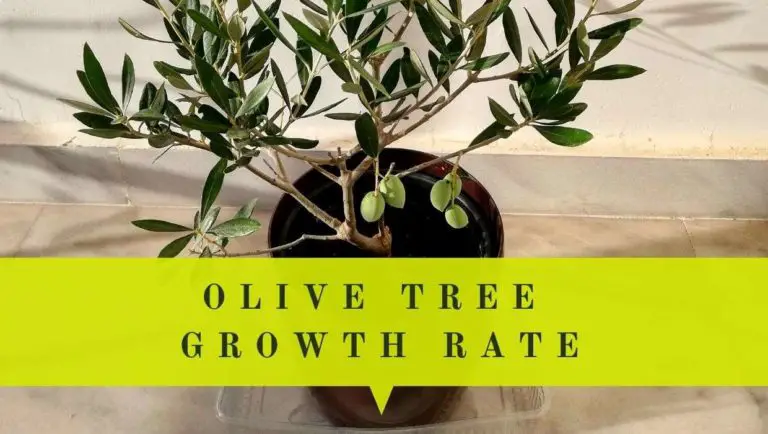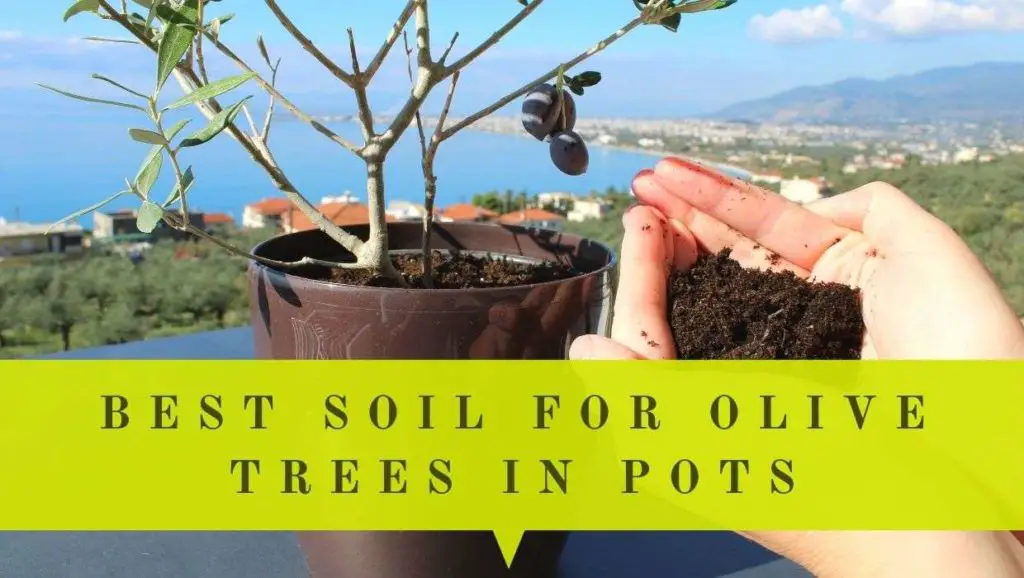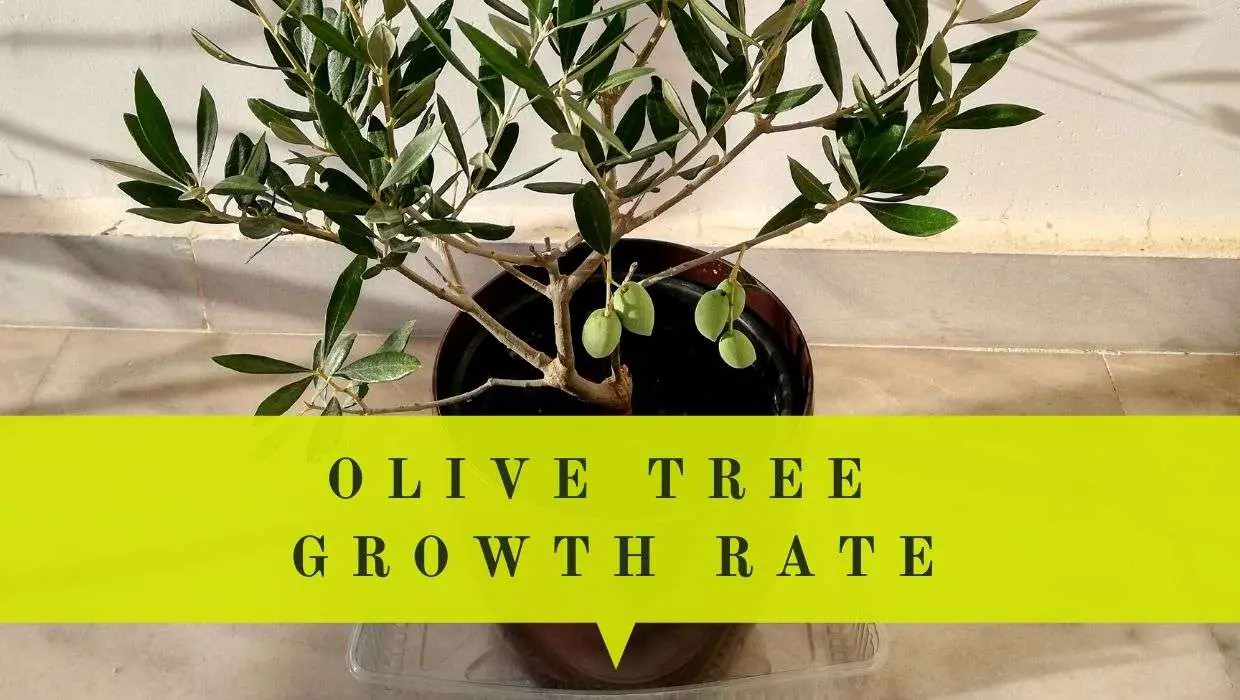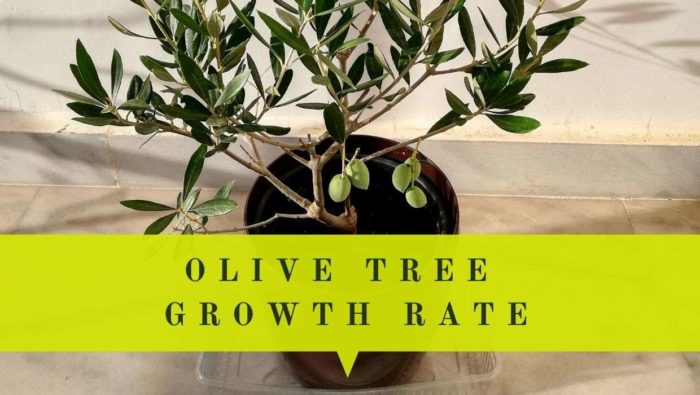Understanding the Life Cycle of an Olive Tree
Olive trees, known for their remarkable longevity, undergo a distinct life cycle that significantly impacts their growth patterns. From seedling to maturity, this cycle consists of several stages, each influencing the tree’s ultimate size and shape. To accurately predict how big an olive tree will grow, it’s essential to comprehend these stages and their corresponding growth rates. By doing so, growers can better manage their expectations and provide optimal care for a healthy and thriving tree. The life cycle of an olive tree typically spans several decades, with the initial growth phase being the most critical. During this period, the tree develops its root system, grows its canopy, and establishes a strong foundation for future growth. As the tree matures, its growth rate slows, and it begins to focus energy on producing fruit. Understanding this life cycle is crucial for growers, as it enables them to make informed decisions about pruning, fertilization, and pest management, ultimately affecting the tree’s size and productivity.
Factors Influencing Olive Tree Size: Climate, Soil, and Care
Several factors significantly impact the growth and size of olive trees, including climate, soil quality, watering, pruning, and fertilization. Understanding the role of these factors is crucial for growers, as they can affect the tree’s ultimate size and productivity. Climate, for instance, plays a vital role in olive tree growth, with trees thriving in regions with mild winters and warm summers. Soil quality is also essential, with olive trees preferring well-draining soil with a pH between 6.0 and 8.0. Adequate watering is critical, especially during the first year after planting, as it helps establish a strong root system. Pruning and fertilization are also essential, as they promote healthy growth, increase fruit production, and control the tree’s size and shape. By understanding the impact of these factors, growers can create an optimal environment for their olive trees, ultimately influencing how big they will grow.
How to Optimize Olive Tree Growth: Tips and Strategies
To promote healthy growth and maximize the potential of olive trees, it’s essential to provide optimal care. Selecting the right cultivar is crucial, as different varieties have unique growth characteristics and requirements. Planting in well-draining soil with a pH between 6.0 and 8.0 is also vital, as olive trees thrive in these conditions. Adequate sunlight and water are also essential, with olive trees requiring at least six hours of direct sunlight per day and regular watering, especially during the first year after planting. Fertilization is also important, with a balanced fertilizer applied annually to promote healthy growth. By following these tips and strategies, growers can create an optimal environment for their olive trees, ultimately influencing how big they will grow. Additionally, regular pruning and pest management are critical in maintaining the tree’s health and promoting optimal growth. By understanding the specific needs of olive trees and providing optimal care, growers can expect their trees to thrive and reach their full potential.
Olive Tree Growth Rates: What to Expect in the First Few Years
During the first few years, olive trees exhibit a rapid growth phase, with some trees growing up to 3 feet per year. This initial growth spurt is fueled by the tree’s establishment of a strong root system and its adaptation to the surrounding environment. As the tree matures, its growth rate slows down, and it begins to focus its energy on fruit production. On average, olive trees can grow between 1-2 feet per year after the initial rapid growth phase. Factors such as climate, soil quality, and care can influence the tree’s growth rate, with optimal conditions promoting healthy and rapid growth. Understanding the typical growth rates of olive trees during the first few years is essential for growers, as it helps them anticipate how big their trees will grow and plan accordingly. By providing optimal care and conditions, growers can encourage their olive trees to reach their full potential and thrive.
The Mature Olive Tree: Average Height and Spread
Mature olive trees can grow to varying heights and spreads, depending on factors such as cultivar, climate, and growing conditions. On average, a mature olive tree can reach heights of 20-30 feet (6-9 meters), with some trees growing as tall as 50 feet (15 meters) in ideal conditions. The spread of a mature olive tree can range from 15-30 feet (4.5-9 meters), with some trees developing a wider canopy. Understanding the average height and spread of mature olive trees is essential for growers, as it helps them anticipate how big their trees will grow and plan accordingly. For example, growers may need to prune their trees regularly to maintain a desired shape and size, or provide support structures to accommodate the tree’s growth. By knowing what to expect from their olive trees, growers can better manage their orchards and optimize their trees’ growth. When asking “how big do olive trees grow”, it’s essential to consider the specific cultivar and growing conditions to get an accurate answer.
Pruning for Size Control: Techniques and Best Practices
Pruning is a crucial aspect of olive tree care, as it helps control the tree’s size and shape. Regular pruning can also promote healthy growth, increase fruit production, and improve the overall appearance of the tree. When it comes to pruning for size control, timing is everything. Pruning should be done during the dormant season, typically between December and February, to minimize stress to the tree. It’s essential to remove any dead, diseased, or damaged branches, as well as any branches that are growing inwards or crossing over other branches. This will help the tree focus its energy on producing fruit and growing in a healthy, balanced way. Pruning can also be used to maintain a desired shape or size, which is particularly important for growers who need to consider how big their olive trees will grow in a given space. By pruning regularly, growers can keep their trees compact and productive, making them ideal for small orchards or backyard gardens. Additionally, pruning can help reduce the risk of disease and pests, as it allows for better air circulation and sunlight penetration. By mastering the art of pruning, growers can take control of their olive trees’ size and shape, and enjoy a bountiful harvest for years to come.
Common Olive Tree Varieties: Size and Growth Characteristics
When it comes to understanding how big olive trees grow, it’s essential to consider the specific variety. Different olive tree varieties have unique growth characteristics, including size, shape, and growth rates. For example, the ‘Arbequina’ olive tree is a popular variety known for its compact growth habit, reaching heights of around 10-15 feet (3-4.5 meters) and spreads of 8-12 feet (2.5-3.5 meters). This variety is ideal for small orchards or backyard gardens, as it requires minimal pruning and can thrive in a variety of soil conditions. Another popular variety is the ‘Koroneiki’ olive tree, which is known for its fast growth rate and can reach heights of up to 20 feet (6 meters) in just a few years. This variety is often used for commercial olive production, as it produces high-quality fruit and can tolerate a range of climates. By understanding the unique growth characteristics of different olive tree varieties, growers can make informed decisions about which variety to plant and how to care for it. This knowledge can help growers optimize their trees’ growth and ensure a healthy, thriving tree that produces high-quality fruit.
Conclusion: Managing Expectations for Healthy Olive Tree Growth
In conclusion, understanding how big olive trees grow and what factors influence their size is crucial for growers who want to optimize their trees’ growth and productivity. By recognizing the importance of climate, soil quality, watering, pruning, and fertilization, growers can create an ideal environment for their olive trees to thrive. Additionally, selecting the right cultivar and providing adequate sunlight and water can help promote healthy growth. By managing expectations and providing optimal care, growers can enjoy a bountiful harvest and a beautiful, thriving olive tree. Whether you’re a seasoned grower or just starting out, understanding olive tree growth patterns and providing optimal care can make all the difference in achieving success. With the right knowledge and techniques, you can grow a healthy and productive olive tree that will provide enjoyment and benefits for years to come.






